Welcome back to my blog… today’s post is a sort of bittersweet matter. We’ve come to the end of a long journey in our video making unit! This unit has been such an interesting one, especially as a person who has just joined the Performance Learning Program at Seycove. I’ve learned so much about how the program works and how we are going to be incorporating so much creativity into our learning. Video making hasn’t been something that I have been thoroughly interested in in the past, but now I can say that videos are an amazing way to present a project so that it’s intriguing and visually captivating. They’re a better way to present information to a group especially, as videos are more interesting than essays, at least to me (in some situations). So, as you can see, this unit has really been great. As all things, it’s coming to a close, so we are of course writing a blog post about this unit! In this post I’ll be reflecting on the occurrences in this unit and the main things that I learned, skills that I gained, and events that I experienced.
The beginning of the year started off with exploring the basics of video making. We used the app Clips to make short videos, and began to learn about a driving question that would pursue us for the next while: “How does the land impact our identity?” Identity is such a broad topic, and to get introduced to it, we started off with small films about identity itself and talked about how where we live impacts what we do, and we also shared a small story about our passions.
We looked into this pretty cool project about recreating videos and recreated one ourself. This activity was a great introduction into the important of angles and lighting, as we had to perfect them exactly to look like our model video. We also had to organize costumes and filming locations that were similar to the ones in the film. Despite being small, it was one of the most challenging projects in this unit, as it required a lot of attention to detail and perfection. I worked with Jordyn, Aedan and Luciano.
Moving on to the biggest section of our unit, this is where we really get into our driving question (again, “How does the land impact our identity?”), and start to prepare for the most exciting part of our unit (in my opinion)— the Alberta trip! Before we left on this trip, we learned how to properly plan out shots through a storyboard, and now I realize the importance of having your filming angles and locations planned before you begin shooting. It’s extremely helpful and keeps your filming precise and aligned with whatever story you’re aiming to tell. We made storyboards for a video that Izzy, Sam, Kyle and I were filming at a ghost town at the Three Valley Lake Chateau.


After the informative section at the beginning of this project, we began the adventuring! Over the course of 9 days touring Alberta, we took tons of footage, and even interviewed tourists at our locations. All of this was for the final video on identity that we created. I think this is most likely my favourite video that I’ve made in this unit and it’s probably the one I’ve put the most effort into. This really helped me get acquainted with iMovie and other editing softwares, learn to look for angles and think creatively when making a film. We wrote a couple posts on this trip, so I will include them as well!
Our next major project was called the Live Event project. This entailed reading a book about how to use the handy app iMovie to make a sort of documentation of an event of your choice. I chose to film my church’s youth coffee act that happens every Sunday, where the youth like me of the church serve coffee to the congregation and help with the cleanup. iMovie is such a great tool and this task really helped me learn more about it and be able to incorporate any newfound iMovie skills into my live event video. It required quite a few abstract shots, and using time lapses, slow motion, freeze frame, and other interesting editing things to make my video more visually pleasing. As per usual, I also completed a blog post documenting my experience with making this!
After completing the Live Event videos, our next big assignment was all about Take your Kid to Work Day. It’s a pretty interesting concept and allows kids to step into their parent’s lives for a day and really get to know what they actually do for a living. Now, during this project I was faced with a bit of a dilemma. First of all, I couldn’t attend any of my parent’s jobs, so I went to my grandma’s at the library, but I was informed upon my arrival that filming wasn’t allowed, so I toured the library and later improvised and made an animated video. This helped me learn about using many different apps to make a completely animated video, and still thoroughly explain my topic and have adequate visual aids without actually including any footage of the job or the library. I had to use non-Copyright images, and make small animations of myself and the library and line them up with my voiceovers and music. In the end I included it in this blog post.
The final video I’m including in this post is our most recent, called Chemistry Stories. We were required to make animated videos for this assignment, and I’d call it one of the most difficult. I spent quite a while using frame-by-frame animation to make the characters and their mouths move, and then furthermore lining up the narrations with the animation. I think that through this project I found that it’s much more practical to break up your footage into separate parts and then compile them into a final copy later, especially with the animation. It was so handy that I could line up the audio and then save that clip and put it into an entirely new file with the other pre-lined up clips and basically just add music and credits to complete it. It’s less finicky than one giant project, and less likely to crash your editing program. I worked with Lucy and documented some more about this project in my post.
The most important points of this unit have been covered, so it seems that this is it! I sure hope that we will still be using video-making but I am nonetheless excited to see the methods of presenting that we will be able to utilize in our next term. This unit was very necessary for the future, as we progress and our society grows continually more dependant on technology, I am very sure that I will be using these skills I’ve gained for making more work. Summarized, I have learned how to find good filming angles, using non-copyrighted audio and images, choose appropriate lighting and create interesting short movies, informational videos and animations. I’ve also learned how to use storyboards and planning shots to tell a consistent and engaging story through a simple video. I’m sorry to see it all done! Let’s hope we get more chances to make awesome videos in PLP!
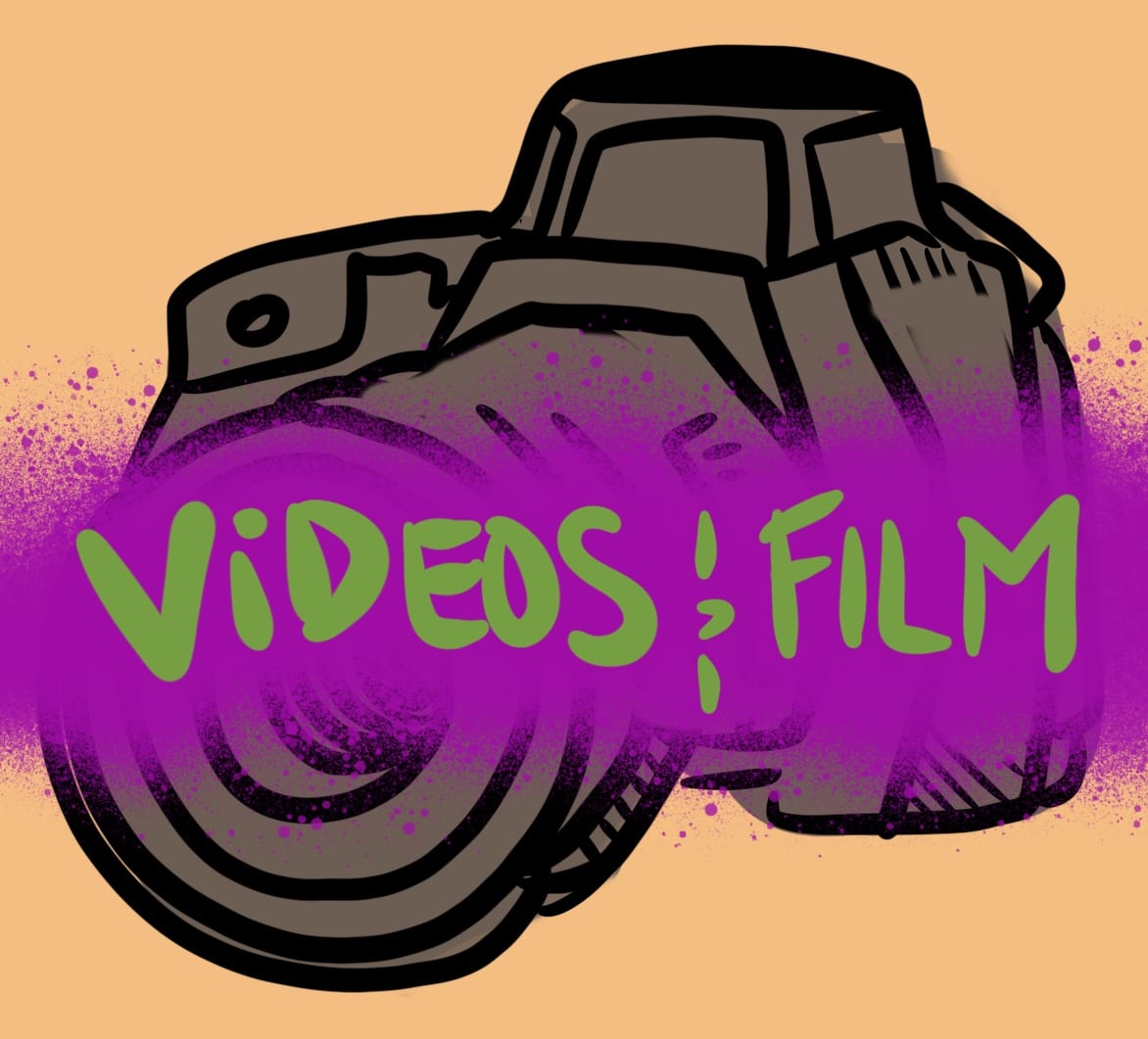

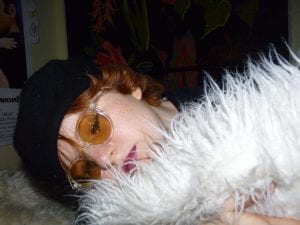
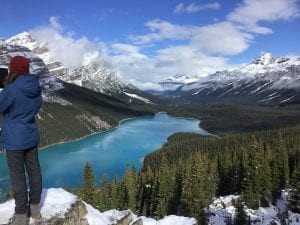
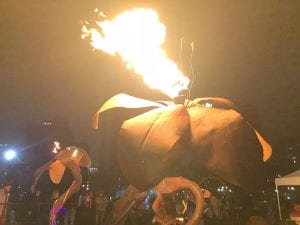
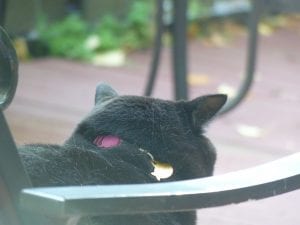
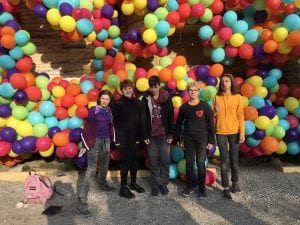

Leave a Reply